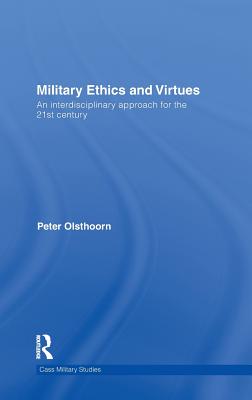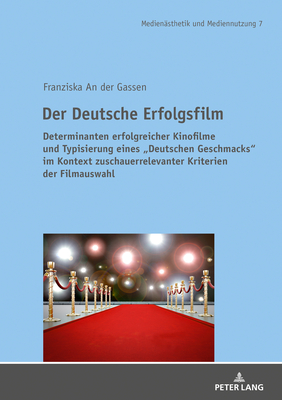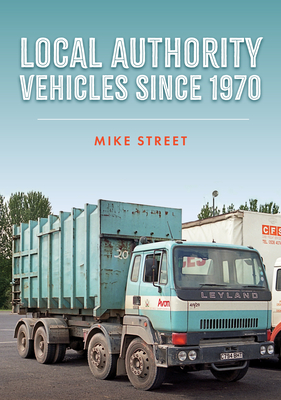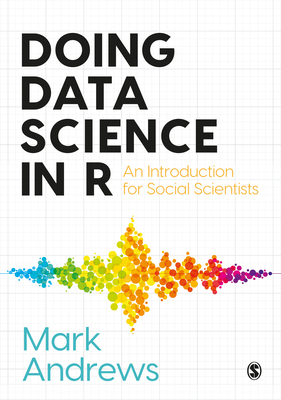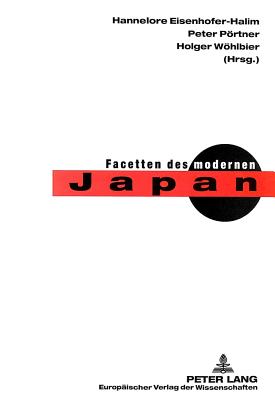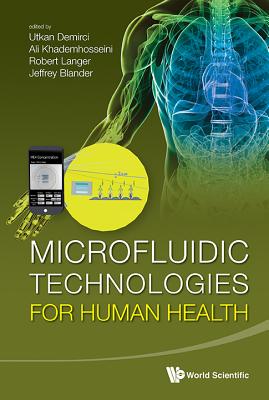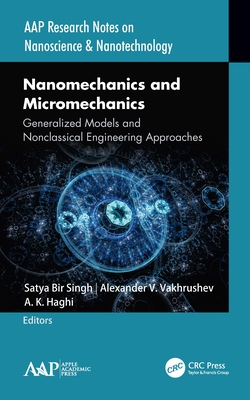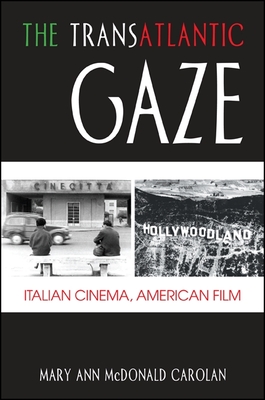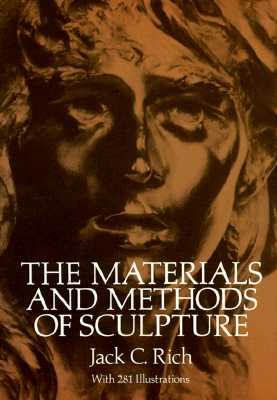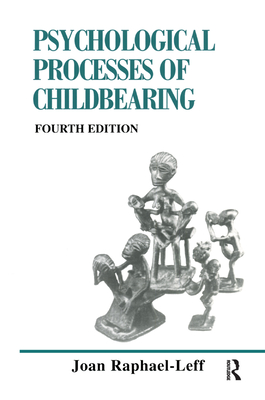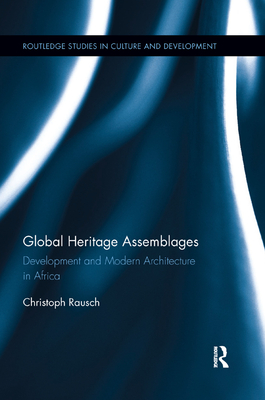Transition metal catalysis plays a crucial role in the development of new chemical transformations, which can be broadly applied in organic synthesis, medicinal chemistry, synthesis of biologically relevant molecules, pharmaceuticals and other related fields. In recent years, the need for application of sustainable methods is significantly growing due to the necessity of waste-free transformations. Plenty of industrially run processes still apply classical procedures, which often lead to production of tons of waste as a consequence of multistep synthesis. Thus, development of novel catalytic systems which would afford complex molecular structures via straightforward processes is still desired. Hence, metal-catalyzed transformations play a crucial role in the development of new synthetic strategies, as they can easily lead to the reduction of synthetic steps and, ipso facto, reduction of waste leading to atom-economic transformations. Application of transition metals particularly in homogenous catalysis was initiated by industrial processes such as carbonylation of alkenes and alkynes by metal carbonyls, production of polyethylene and polypropylene by the Ziegler-Natta catalysts or conversion of ethylene into acetaldehyde in the Wacker’s process. This breakthrough inspired investigation of other synthetic reactions, which could be catalyzed by transition metals. Soon after, the field was dominated by application of catalysts containing precious-metal centers leading to the facile synthesis of higher molecules. Significant role of transition metals in chemistry was highlighted by Nobel prizes in 2001 (K. B. Sharpless, W. S. Knowles, R. Noyori) for metal-catalyzed enantioselective hydrogenation and oxidation reactions, in 2005 (R. Schrock, R. Grubbs, Y. Chauvin) for application of transition metals in metathesis and in 2010 (R. F. Heck, A. Suzuki, E. Negishi) for application of Pd-based systems in cross-coupling reactions, which with enormous impact modernized organic synthesis in research laboratories and in industry. However, the application of late and noble metal catalytic systems exhibits crucial drawbacks. Noble metals are expensive, due to their low abundance in the earth crust (Figure 1)[4] and related challenges in their extraction. Moreover, they are toxic and lead to formation of toxic waste. Taking into account the huge impact of catalysis nowadays and how it can influence our life and environment, modern chemical society focuses on finding more economically and environmentally friendly methods. As an alternative, implementation of base metal catalysis gained a lot of attention as it can lead to most cost-effective and more environmentally friendly protocols. Moreover, base metals can demonstrate similar reactivity as noble metals or exhibit new features, leading to other interesting transformations.
Transition metal catalysis plays a crucial role in the development of new chemical transformations, which can be broadly applied in organic synthesis, medicinal chemistry, synthesis of biologically relevant molecules, pharmaceuticals and other related fields. In recent years, the need for application of sustainable methods is significantly growing due to the necessity of waste-free transformations. Plenty of industrially run processes still apply classical procedures, which often lead to production of tons of waste as a consequence of multistep synthesis. Thus, development of novel catalytic systems which would afford complex molecular structures via straightforward processes is still desired. Hence, metal-catalyzed transformations play a crucial role in the development of new synthetic strategies, as they can easily lead to the reduction of synthetic steps and, ipso facto, reduction of waste leading to atom-economic transformations. Application of transition metals particularly in homogenous catalysis was initiated by industrial processes such as carbonylation of alkenes and alkynes by metal carbonyls, production of polyethylene and polypropylene by the Ziegler-Natta catalysts or conversion of ethylene into acetaldehyde in the Wacker’s process. This breakthrough inspired investigation of other synthetic reactions, which could be catalyzed by transition metals. Soon after, the field was dominated by application of catalysts containing precious-metal centers leading to the facile synthesis of higher molecules. Significant role of transition metals in chemistry was highlighted by Nobel prizes in 2001 (K. B. Sharpless, W. S. Knowles, R. Noyori) for metal-catalyzed enantioselective hydrogenation and oxidation reactions, in 2005 (R. Schrock, R. Grubbs, Y. Chauvin) for application of transition metals in metathesis and in 2010 (R. F. Heck, A. Suzuki, E. Negishi) for application of Pd-based systems in cross-coupling reactions, which with enormous impact modernized organic synthesis in research laboratories and in industry. However, the application of late and noble metal catalytic systems exhibits crucial drawbacks. Noble metals are expensive, due to their low abundance in the earth crust (Figure 1)[4] and related challenges in their extraction. Moreover, they are toxic and lead to formation of toxic waste.
Taking into account the huge impact of catalysis nowadays and how it can influence our life and environment, modern chemical society focuses on finding more economically and environmentally friendly methods. As an alternative, implementation of base metal catalysis gained a lot of attention as it can lead to most cost-effective and more environmentally friendly protocols. Moreover, base metals can demonstrate similar reactivity as noble metals or exhibit new features, leading to other interesting transformations.
Get Novel Concepts for Iron- and Manganese-catalyzed Homogenous Redox Transformations by at the best price and quality guranteed only at Werezi Africa largest book ecommerce store. The book was published by Verlag G. Mainz and it has pages. Enjoy Shopping Best Offers & Deals on books Online from Werezi - Receive at your doorstep - Fast Delivery - Secure mode of Payment
 Jacket, Women
Jacket, Women
 Woolend Jacket
Woolend Jacket
 Western denim
Western denim
 Mini Dresss
Mini Dresss
 Jacket, Women
Jacket, Women
 Woolend Jacket
Woolend Jacket
 Western denim
Western denim
 Mini Dresss
Mini Dresss
 Jacket, Women
Jacket, Women
 Woolend Jacket
Woolend Jacket
 Western denim
Western denim
 Mini Dresss
Mini Dresss
 Jacket, Women
Jacket, Women
 Woolend Jacket
Woolend Jacket
 Western denim
Western denim
 Mini Dresss
Mini Dresss
 Jacket, Women
Jacket, Women
 Woolend Jacket
Woolend Jacket
 Western denim
Western denim
 Mini Dresss
Mini Dresss






